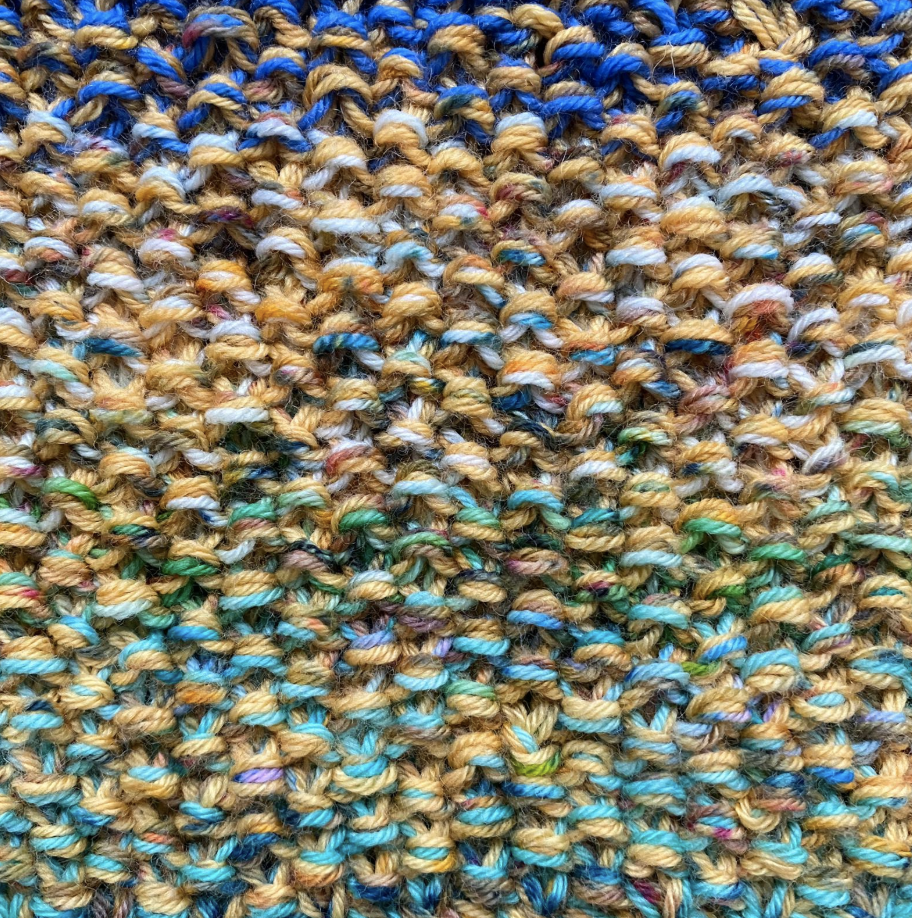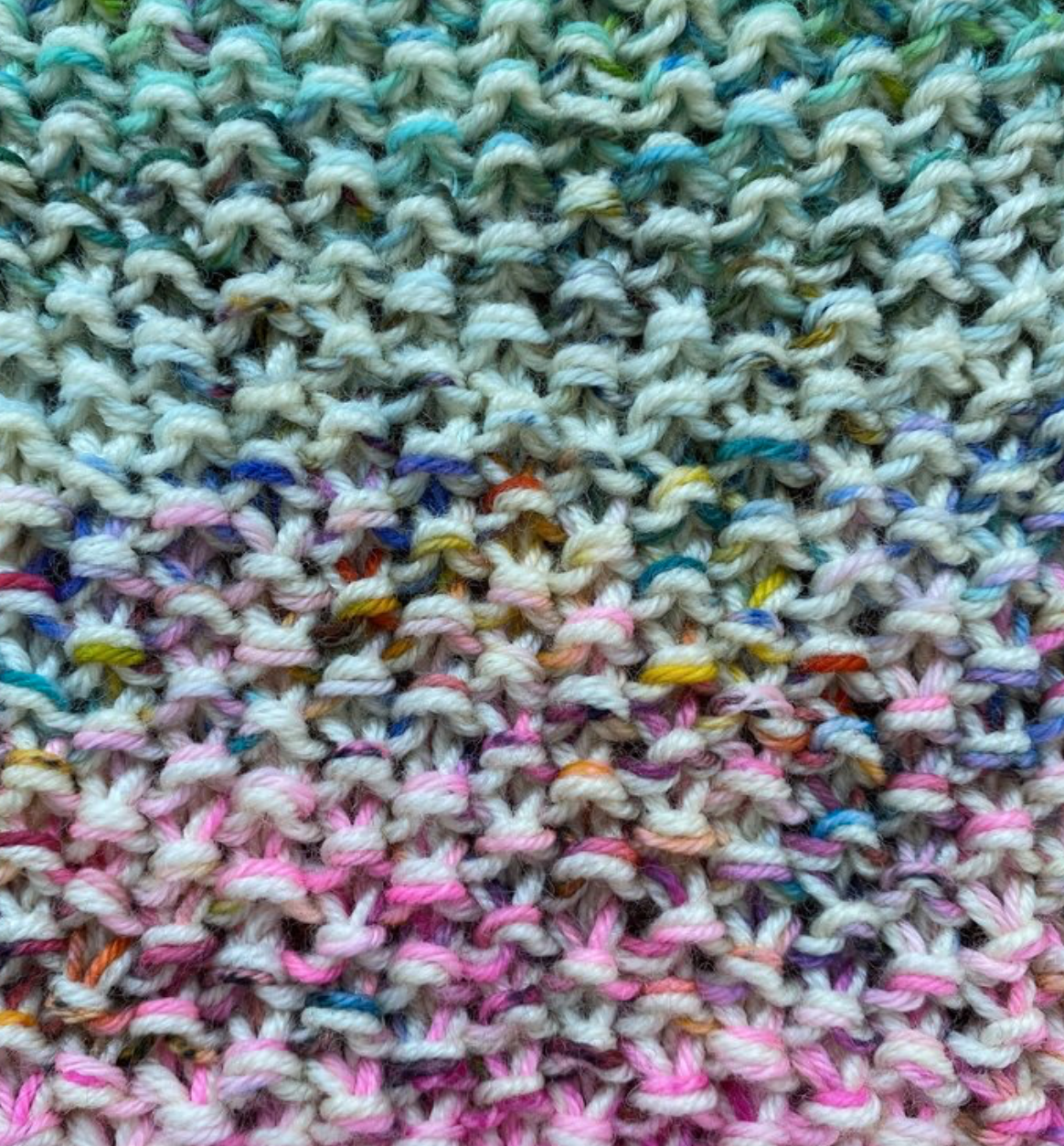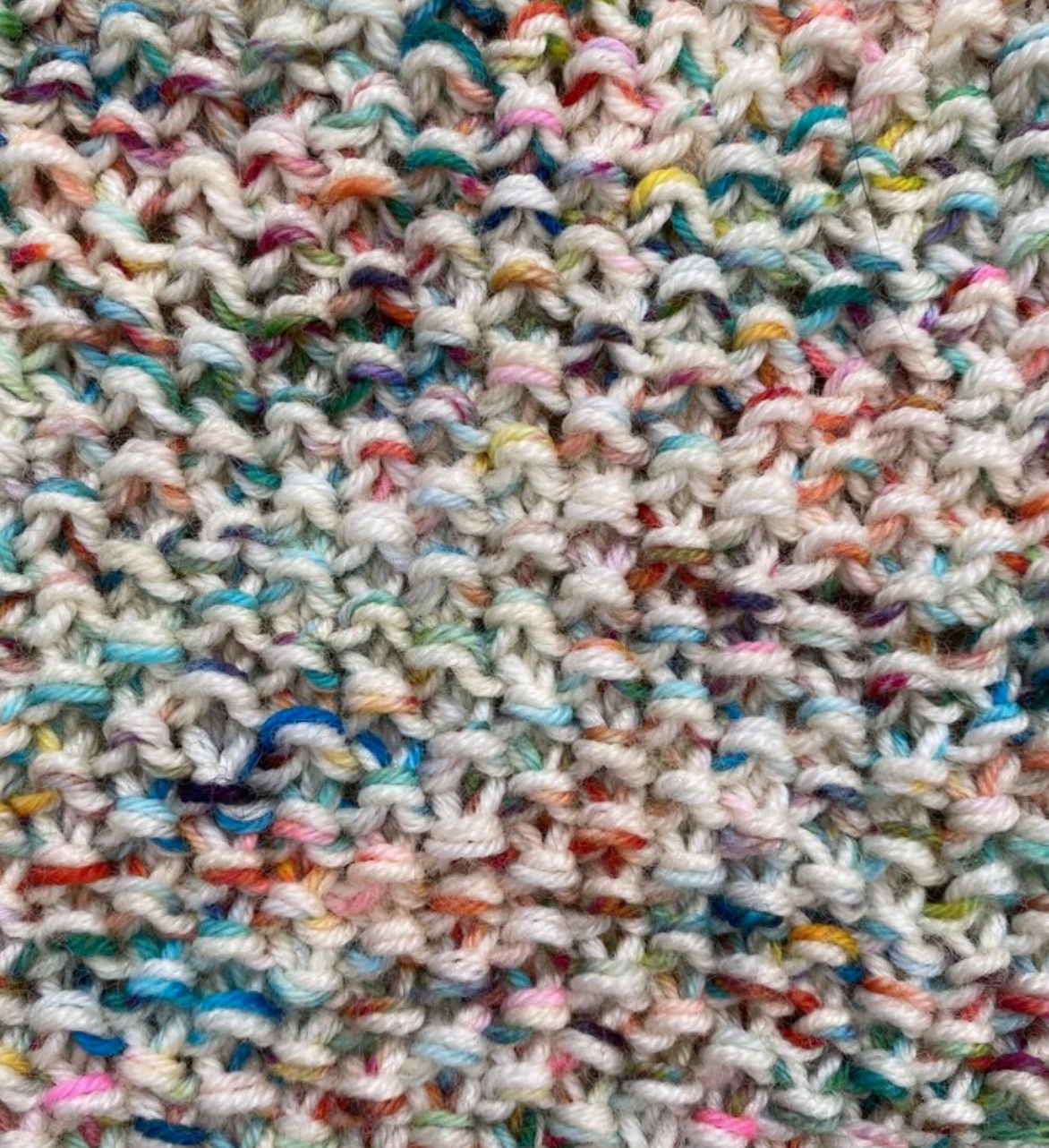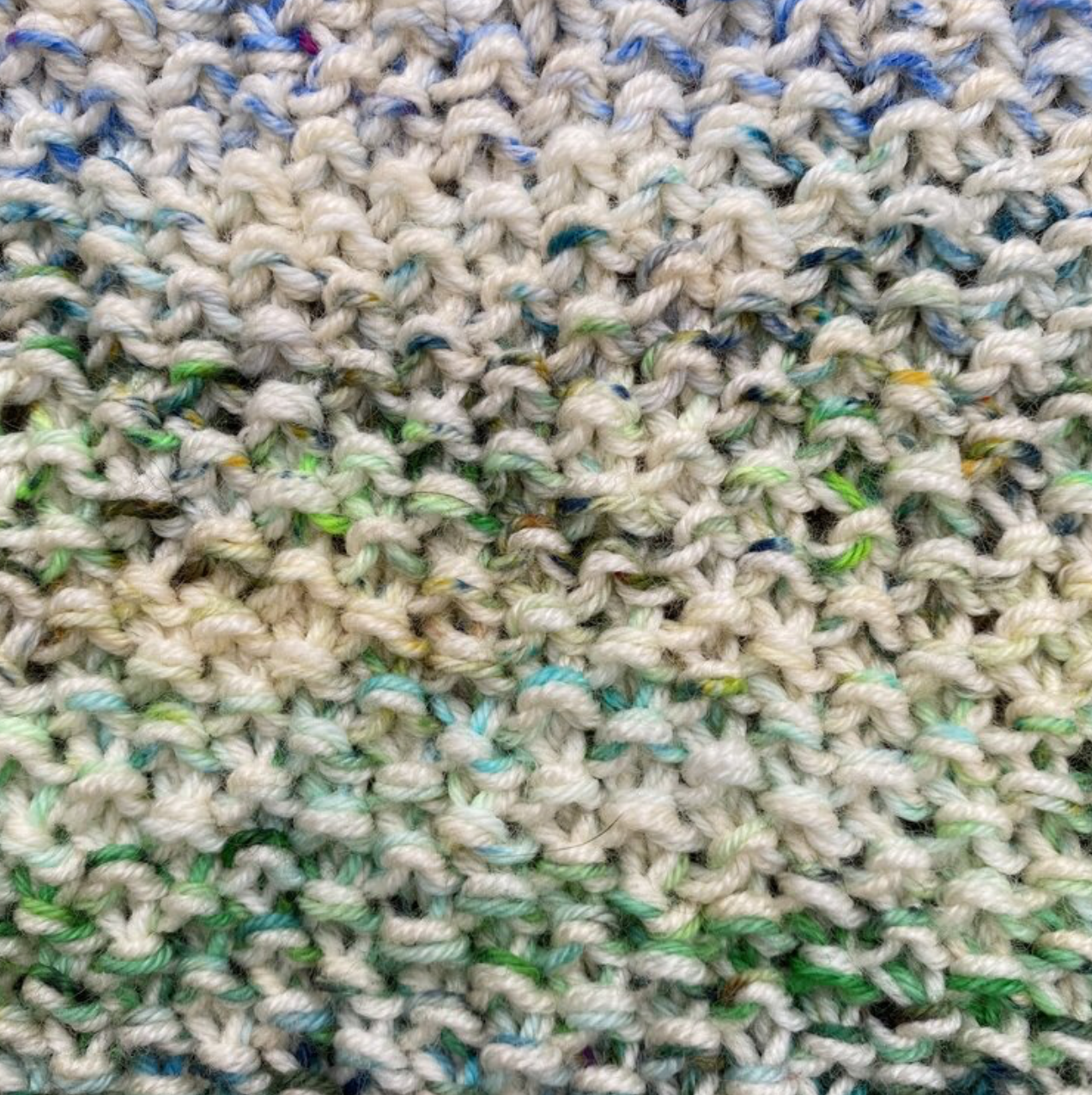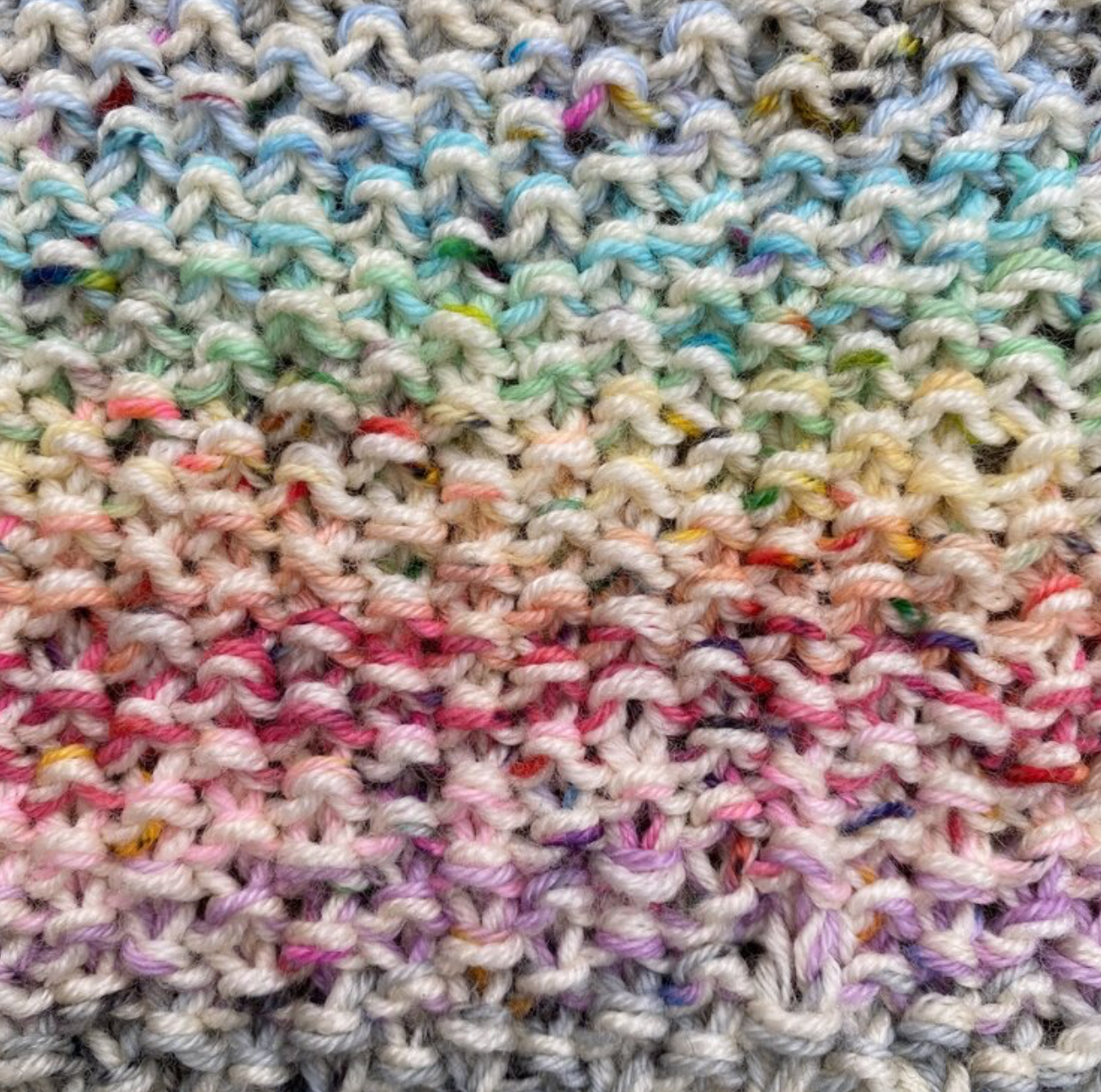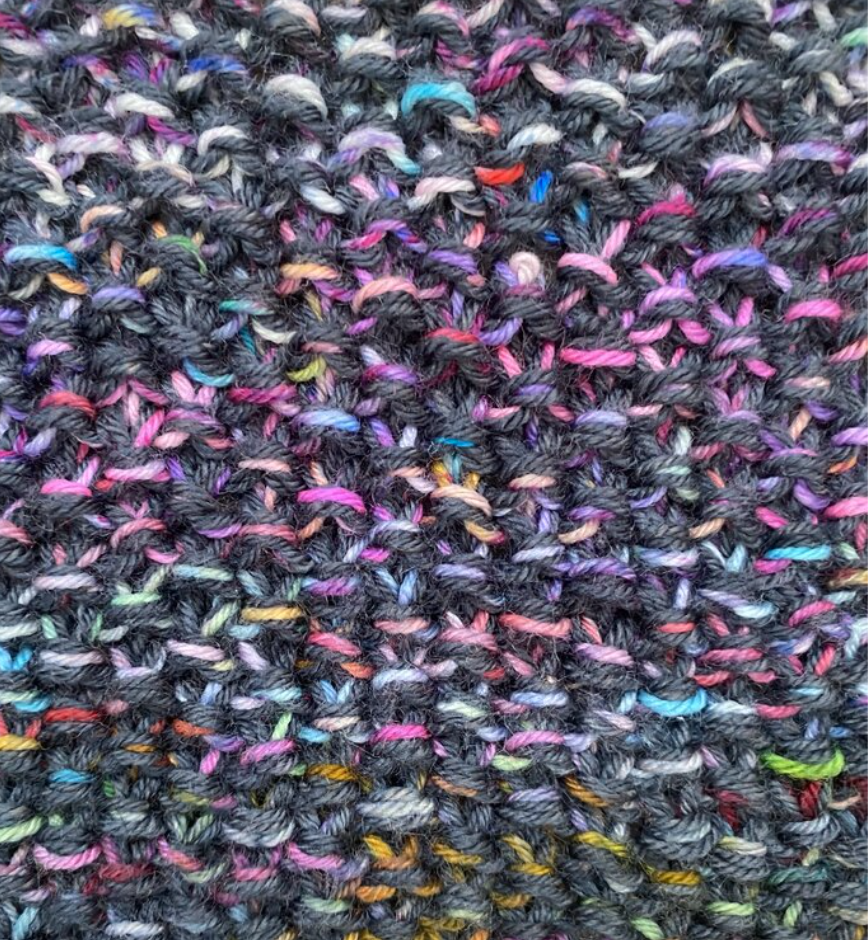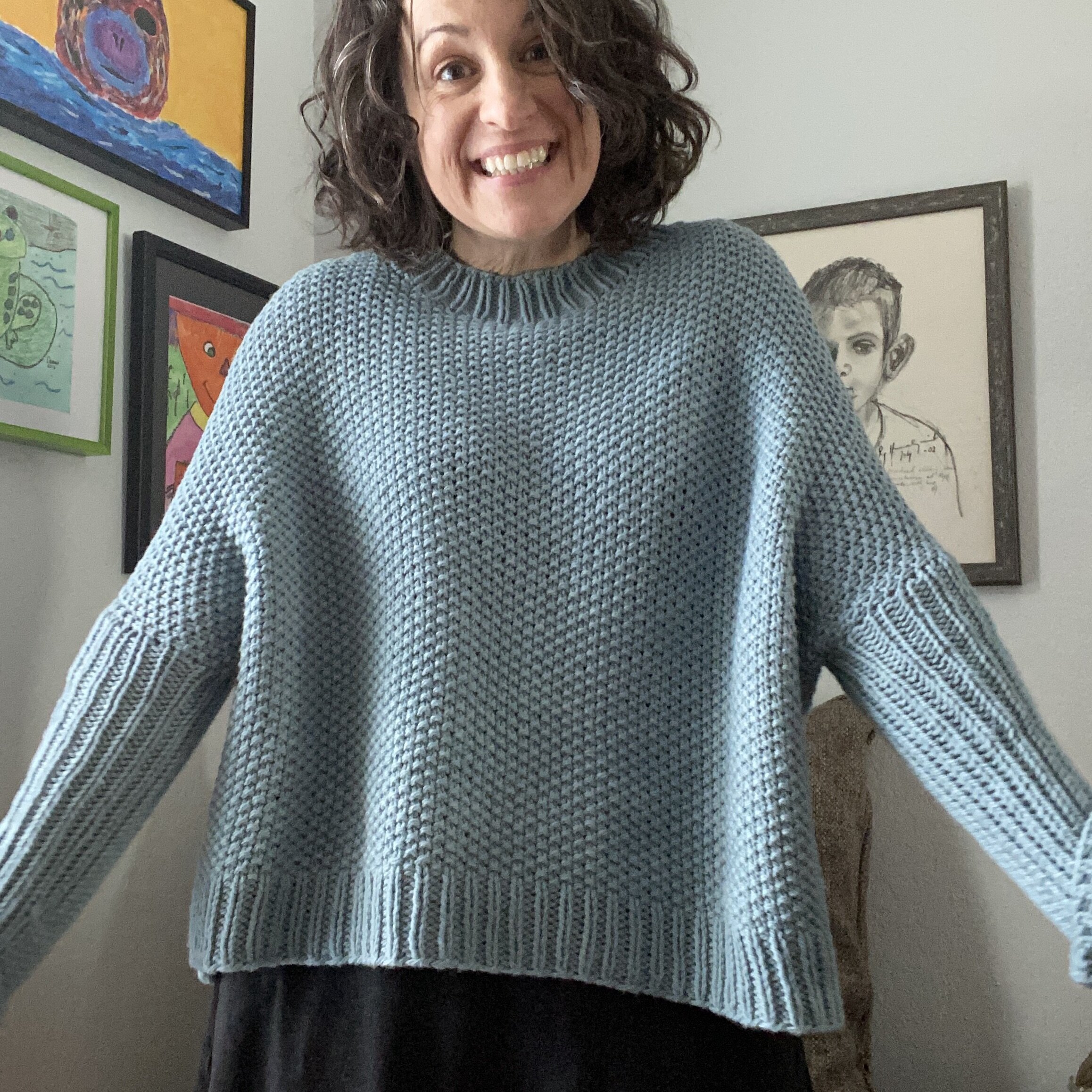Square Translation
I should probably preface this post with I love languages and communication. I am always interested in what someone (or thing) is trying to tell me. And my curiosity extends to fiber squares… And I feel like if I keep calling them fiber squares instead of swatches you will be more inclined to stick around through this post. Please do! I have quite a few helpful things to share.
Are you neutral on the topic of swatching? Or are you like me, rubbing your hands in delightful anticipation of what experiments you can do?! Before you continue reading this post, I NEED YOUR HELP. Could you head down to the comment section and tell me all your thoughts on the matter of swatching? You can come right back, but could you'd take the time to share with me your perspective on swatching before I spill the tea on all of mine! Shoot from the hip: love or detest, whatever you think, no wrong answers.
All finished? You sure you don't have anything else to say? You can head back and comment on your comment and add anything you may just now be remembering you wanted to say. I am a patient friend.
Let’s dive in, there is a lot to experience!
I’d like to introduce you to this beautiful moss stitch swatch made by Kate Selene. She has several examples of yarn square explorations below. Our conversation about swatching went something like this:
Me (way too excited voice): I ALWAYS SWATCH!
Her (with her lovely Cotswold accent): Weird. Why? I just get on with the knitting and create as I go.
Me: Swatching * is * knitting and definitely a create as you go experimentation canvas.
Her: (A dozen swatches later) I HAVE SO MUCH TO TELL YOU, MEL!
So this is where we start a swatching series. Today I just want to hear from you, the good the bad and the confusion, and I need to share swatching is all these things BUT MORE!
You can swatch, find gauge and determine if you need to adjust your needle size, but you can also create a sample pallet, a tiny foreshadow of what you could knit up. You can use a yarn other than what is recommended, maybe lighter weight or a different fiber content. Or maybe you work the swatch and it is the perfect representation of what the pattern requires. You are on track and off to the races!
So for the sake of today’s chat, let’s embrace the possibilities that swatching offers. And I haven’t even gotten past the top 5 on my list of 50 most wonderful possibilities!
If you look at my original sweater, worked in moss stitch, imagine the fun variations you could create when holding two strands of yarn together like these examples. It’s not the Aran weight yarn the pattern recommends, but creative alternatives that work!
Swatching tests our substitution theories. And that testing isn’t a limitation on our creativity. Sometimes thought of as a gate barring us from the “real knitting,” swatching actually IS real knitting. And it is more of a grand entrance you make through a lovely arched gateway in to the city with heralds announcing your arrival!
So, now, would you revisit your initial comment and let me know if you might feel a bit of excitement towards this rich topic I will be revisiting in the weeks ahead? And if you didn’t earlier, comment away now! Ask any questions, share frustrations, or try to convert me to your Not-Going-To-Catch-Me-Swatching stance. I really am eager to discover what is on your mind!
